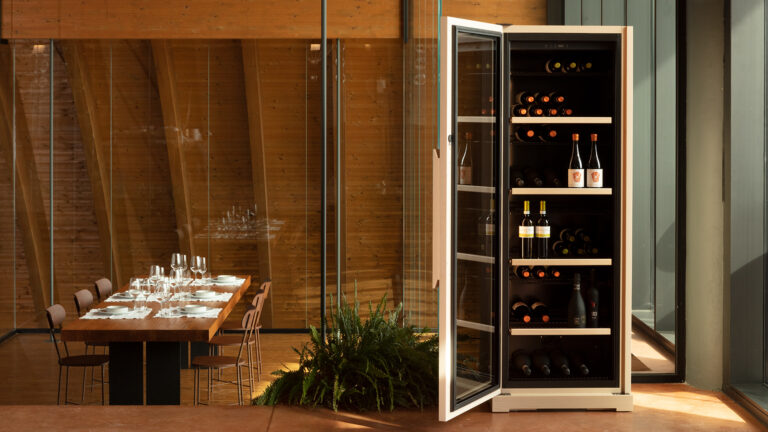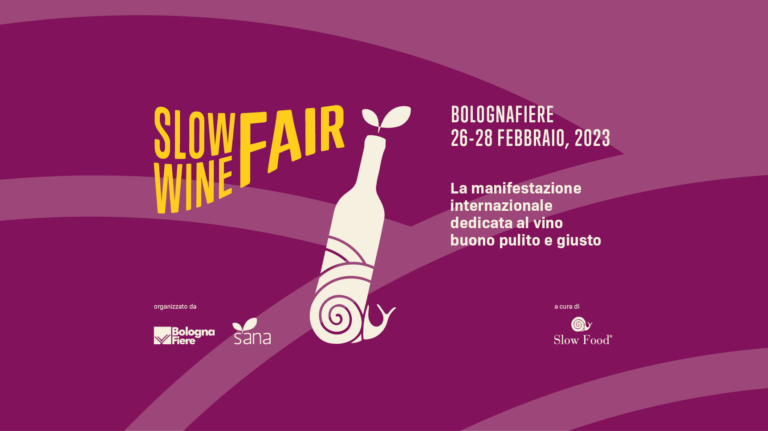Conservation and serving temperature of wines: interview with Oinoe
The conservation of wines in the cellar is an aspect to keep under control if you want to keep the properties of the wine unchanged and in many cases improve them. Consuming a good bottle at the right serving temperature will help in the tasting experience. At what temperatures should the different types of wine be stored? At what serving temperature can wines be savored? We at IP asked Alex Cerioli, owner of the Oinoe agricultural company.
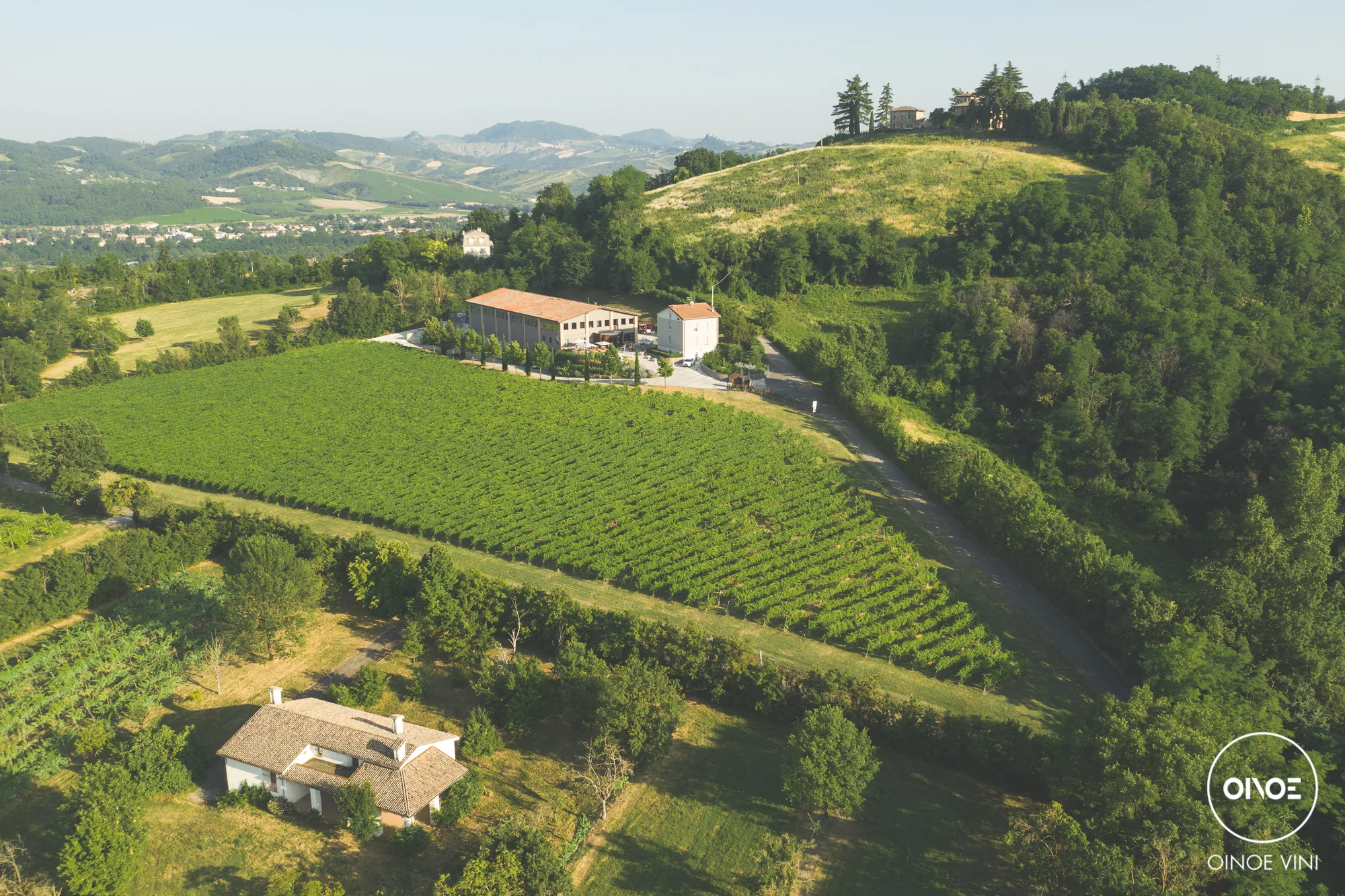
The Roots of Oinoe: Passion and Territory
“Oinoe was born from my and my family’s passion for wines. Oinoe’s philosophy is based on a deep connection with the land and a love for the profession of farming. These are the values that underpin every choice made in the vineyard and in the cellar”.
Thanks to dedication and commitment, the company has continued to grow, becoming a point of reference for wine and wine tourism lovers.
In fact, on the farm, you can visit the estate, take part in guided tastings and discover the charm of the wine production process.
Oinoe is also a place where you can breathe in authentic Emilian hospitality.
The company promotes a responsible wine culture, highlighting the link between conscious wine consumption and environmental sustainability by organizing, especially in the summer, various events such as Thursday evenings in the cellar, guided tours of the vineyards and various tastings.
The doors of Oinoe are open not only for wine tourists, but also for families and children.
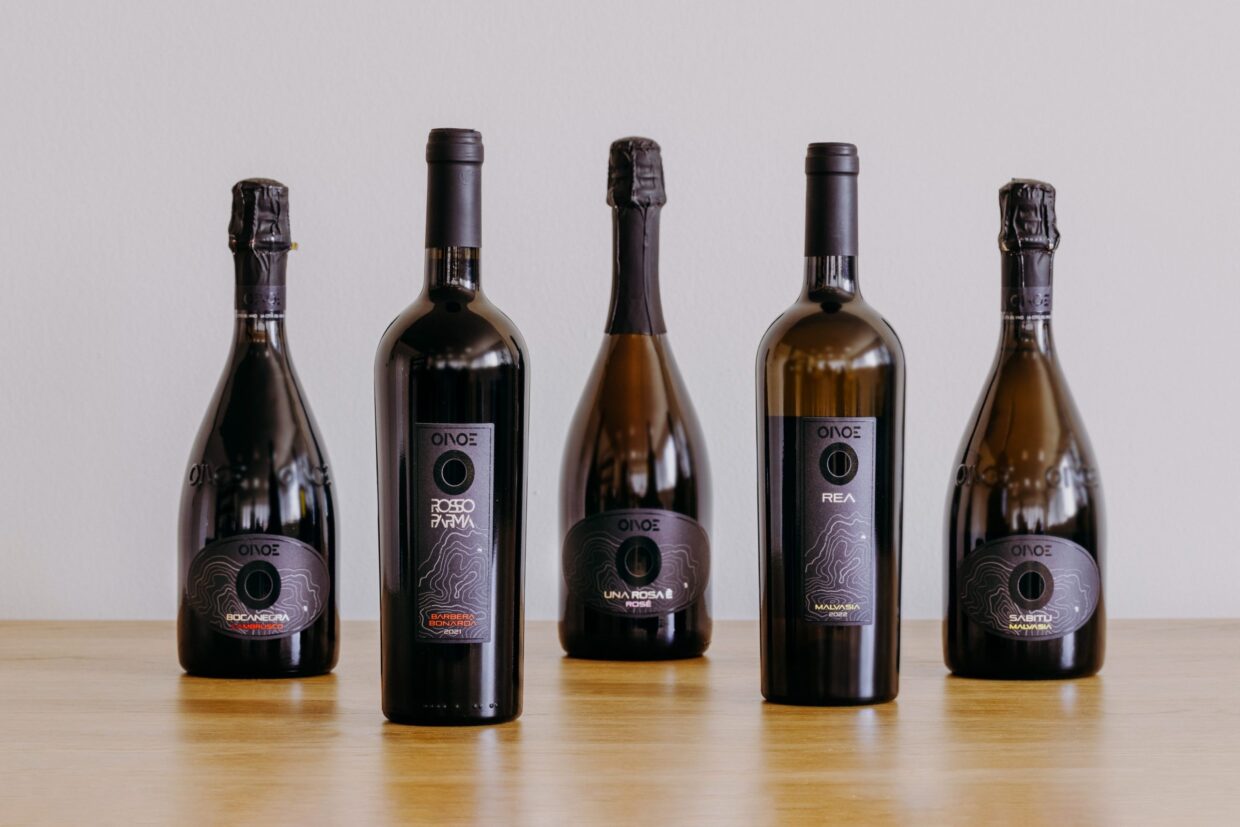
The Traversetolo Territory: A Perfect Frame
Visitors have the opportunity to immerse themselves in the beauty of the Traversetolo countryside and live an authentic and engaging experience.
“The Traversetolo area, located between the hills of the Emilian Apennines and the Po Valley, offers an ideal environment for growing vines. The clay and limestone soils, together with the favorable climate, give our wines a unique typicality”.
The company has adopted a sustainable approach in all stages of production. From growing vines, following organic farming methods, to winemaking, where we try to minimize the use of sulphites. A commitment that can be seen in the conscious choice to include, when present, the information on the label.
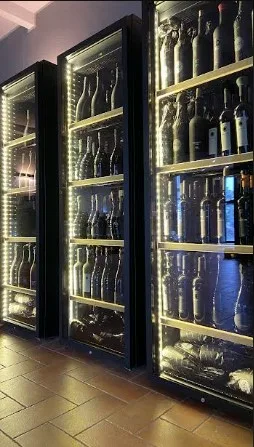
Oinoe's pearls: Rosso Parma and Cerioli Bianco
Rosso Parma
“Rosso Parma is our flagship wine. Its vineyards are rich in history and the vines are over fifty years old.
The characteristics that distinguish it from other red wines are essentially two: the first is that it is a wine that makes itself, that is to say that it is obtained without too much human intervention but thanks to nature; the second characteristic is the balance between its alcohol content, a good 16 degrees, and the structure of the wine itself comparable to an Amarone, which almost hides this strength given by the vines.
Its harvest is late, its grapes are the last to be picked”.
The varieties of grapes used are 75% Barbera and 25% Bonarda, its color is an intense ruby red. The nose is intense and fruity, with hints of red fruit, floral aromas and spicy notes on the finish. With a good freshness that mitigates the discreet alcohol content, its taste is harmonious, full and balanced.
Cerioli Bianco Riserva
“We at Oinoe specialize in the production of classic method sparkling wines. White wines can also be described as wines that, if chosen well, can cover the entire meal; from first courses, to second courses of meat or fish, but also cheeses or sushi. The 2013 Riserva is a sparkling wine produced with the classic method.
With Cerioli Bianco we are proud to have established a collaboration with the Teatro Regio di Parma visible with the theater logo on the label”.
The vines used to produce it belong to the Boschi vineyard and are vines that are more than thirty years old. The vineyard is located on the slopes of Monte Moro, surrounded by a thick forest at an altitude of 220 – 240 meters above sea level.
The grape varieties used are 60% Pinot Bianco and 40% Chardonnay, with a long permanence of the yeasts that is usually 40 months, reaching up to 9 years for the reserve.
Its bubbles are fine, numerous and persistent. The color is bright straw yellow with golden reflections. On the nose it is fresh and fragrant, with light notes of bread making and floral and fruity aromas and mineral hints on the finish.
On the taste it is fresh, clean and balanced with a light sapidity on the finish.
Il 501 model
How do you store your wine bottles during tastings or events?
“To preserve and maintain our wines at the right serving temperature, we have relied on the model 501, a model that integrates functionality, design and offers an efficient controlled temperature.
With IP we have also established a relationship of friendship for several years. What we appreciate about IP wine cellars is their ability to preserve and maintain the temperature inside.
For example, those in the trade know that wine should not be chilled because it stresses it; sudden changes in temperature tend to age wine more quickly and this happens more with white wines.
We recommend storing Rosso Parma at a temperature between 12 and 18 degrees, while its serving temperature is 16/18 degrees.
The same goes for Cerioli Bianco Riserva, which we recommend storing in a cellar at a temperature around 8 -10 degrees, possibly also between 10 and 12 degrees to give longevity to the wine. Its ideal serving temperature is between 6 – 7 degrees.”
Conclusions
The Oinoe farm in Traversetolo is an example of how passion for the land, respect for nature and attention to quality can converge in a successful project. The production of high-quality wines, obtained with sustainable methods, is evidence of a constant commitment to protecting the territory and enhancing local traditions.
We would like to thank Alex Cerioli for his willingness to open the doors of his cellar to us and for showing us how the correct use of our IP cellars can contribute to the improvement of wine both during its conservation and during service.
